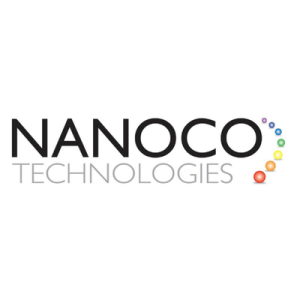Quantum dots are nanoscale semiconductor particles that have unique optical and electronic properties due to their quantum mechanical characteristics. The size and shape of these quantum dots can be finely tuned to control their color and optical properties, making them highly valuable in various applications, including medical imaging, quantum computing, solar cells, and light-emitting devices.
Quantum dots are typically between 2 and 10 nanometers in diameter, containing roughly 200 to 10,000 atoms. At these small scales, quantum effects become significant, giving quantum dots their unique properties. These effects include quantum confinement, quantization of energy levels, and the dependence of optical properties on the size of the quantum dot.
In 2023, the Nobel Prize in Chemistry was bestowed upon Moungi G. Bawendi, Louis E. Brus, and Alexei I. Ekimov in recognition of their pioneering work in the identification and advancement of quantum dots.
Nanoco Group PLC (LON:NANO) leads the world in the research, development and large-scale manufacture of heavy metal-free nanomaterials for use in displays, lighting, vertical farming, solar energy and bio-imaging.


